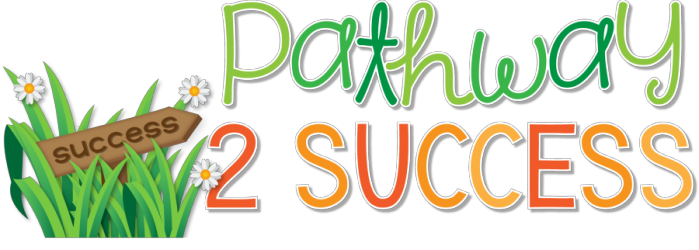While executive function and executive functioning skills are strongly related, they are actually different abilities. They each play important roles in helping children, teens, and adults problem-solve and complete goals every day. Understanding the both the differences and how they are related can help educators and parents set the stage for success for our young […]
Search Results for: social skills
9 Executive Functioning Skills that Boost Academics
Executive functioning skills are inherently linked with academic skills. From planning to start writing an essay to managing time on a high stakes assessment, students use executive functioning skills every day in every class. This helps make the clear case that it is important to teach, practice, and foster these skills in the classroom. Making […]
End of the Year Activities to Keep Executive Functioning Skills Strong
The end of the year is always a great time to reflect on past experiences and reinforce skills you’ve learned along the way. This makes it an ideal time to continue strengthening executive functioning skills like organization, self-control, attention, and perseverance. Let’s face it: Kids and teens use executive functioning skills every day. From planning […]
Self-Advocacy Skills: 14 Strategies to Help Kids & Teens Learn to Advocate
Self-advocacy is a critical skill for children and young adults. In the simplest terms, it is the ability to use strategies to get your needs met. Without a doubt, stronger self-advocacy skills can help kids improve academics, strengthen relationships, and build confidence as their authentic self. The importance of building self-advocacy with kids and teens […]
Social Emotional Learning Activities for Spring
Spring is the season of growth. This makes it an ideal time to integrate social-emotional learning activities for kids and young adults. From reading SEL-focused read alouds outside under the sun to starting a garden, there are ultimately countless ways to add SEL into your classroom this spring season. Below you’ll find several SEL activities […]
Building Executive Functioning Skills Through Classroom Discussions
Discussions and peer dialogue are powerful evidence-based strategies for kids and teens. While this learning technique can be used with all subject and content areas from reading to mathematics, it’s also worth using for strengthening executive functioning skills. Executive functioning skills are the foundational brain-based skills that help us plan, organize, get started, focus, manage […]
25+ Social-Emotional Brain Breaks for the Classroom
Breaks are an evidence-based learning and behavior strategy for the classroom. While we want kids and young adults to spend more time learning in the classroom, the truth is that breaks are one of the best strategies to get there. What are the benefits to breaks in the classroom? Research tells us that breaks help […]
20+ Social-Emotional Learning Activities for K-2
Kindergarten, 1st, and 2nd grade learners need a healthy foundation of social-emotional skills in their day. Social emotional skills are truly a huge umbrella; these are the skills that help children understand how they feel, manage emotions, make friends, work well with others, solve problems, and choose good choices. Our youngest learners are unique in […]
Helping Middle School Kids Build Self-Awareness Skills
What is Self-Awareness? Self-awareness is having a clear and accurate understanding of your own strengths, weaknesses, values, feelings, and hopes for the future. These are skills that kids and young adults need to be successful. Being more self-aware can help learners improve their grades and performance at school, build stronger friendships, feel happier, and ultimately […]
15+ End of the Day Social Emotional Learning Activities
Sometimes, the end of the day in the classroom can feel rushed and chaotic. The good news is that it doesn’t have to feel that way. The end of the day can be one of the very best times to integrate social-emotional skills into the classroom. Why practice SEL activities at the end of the […]
- « Previous Page
- 1
- 2
- 3
- 4
- 5
- …
- 18
- Next Page »













